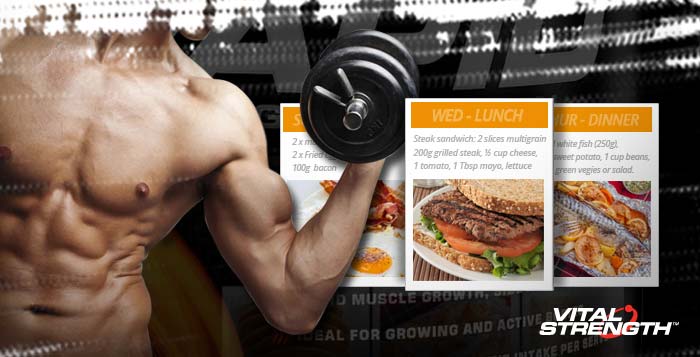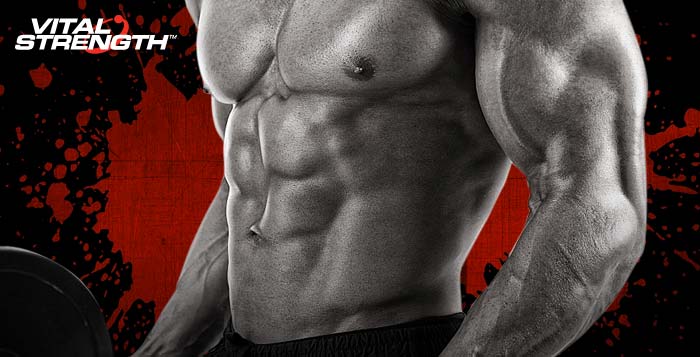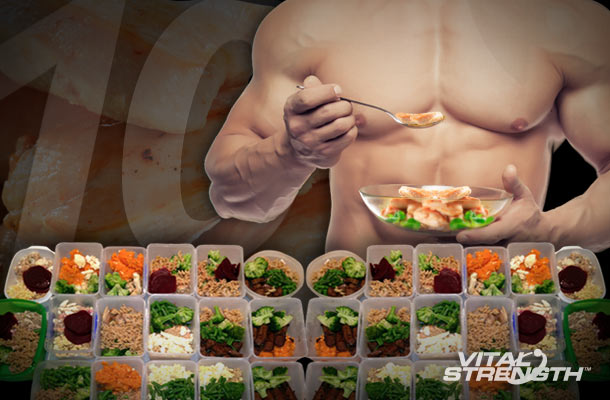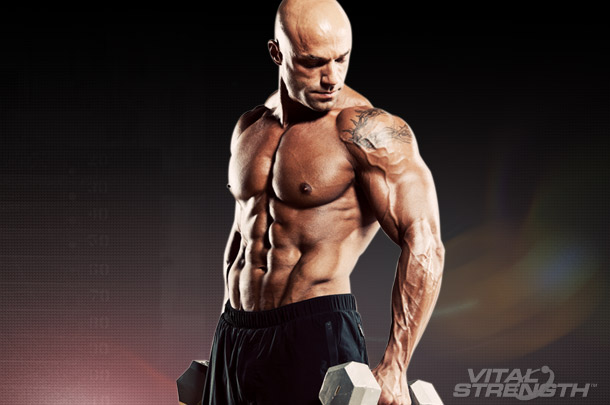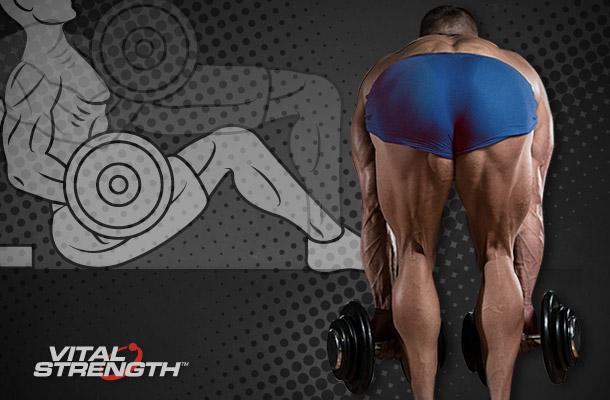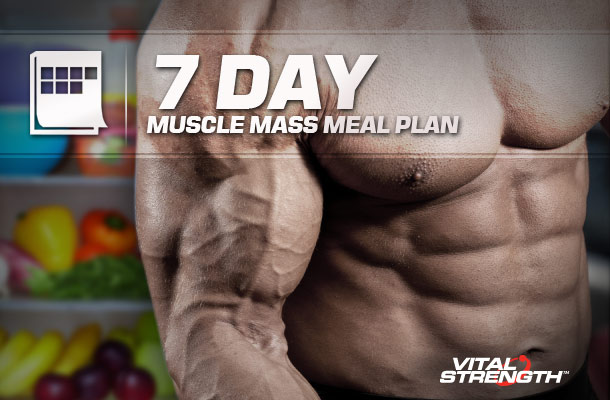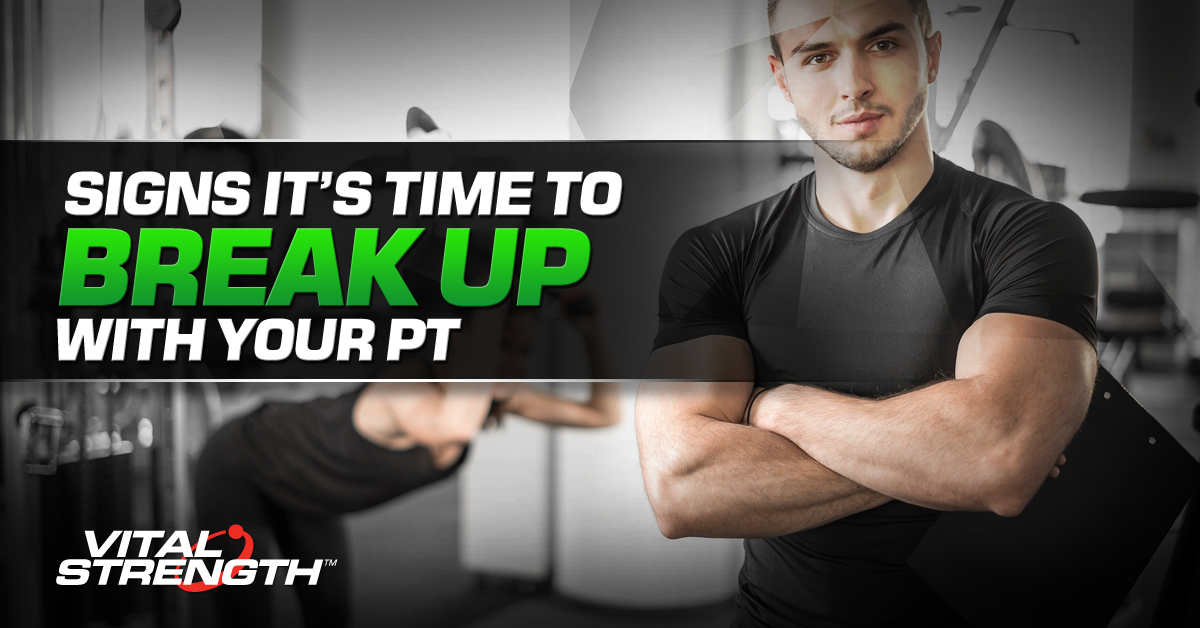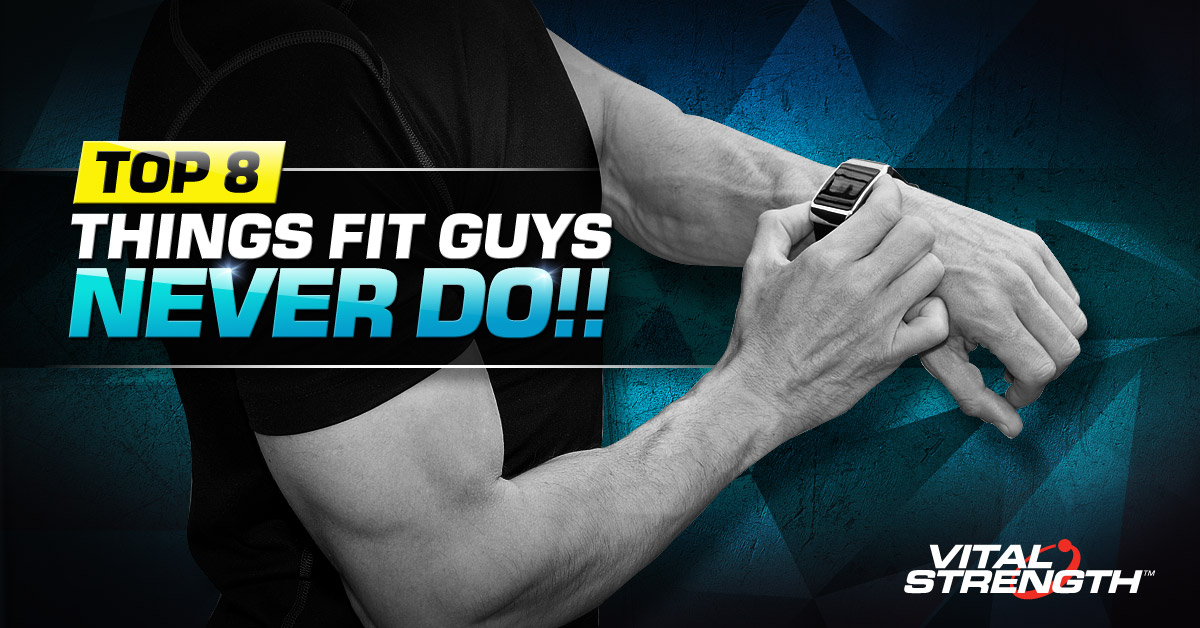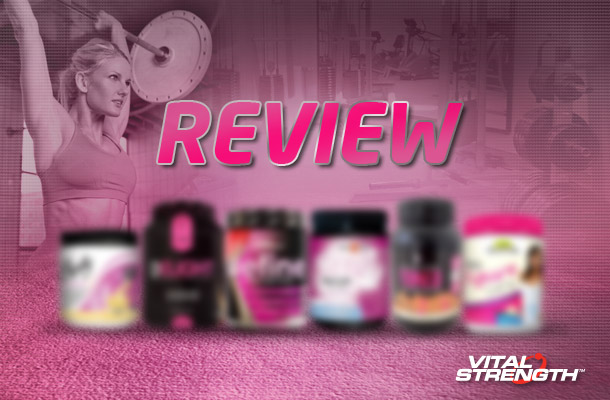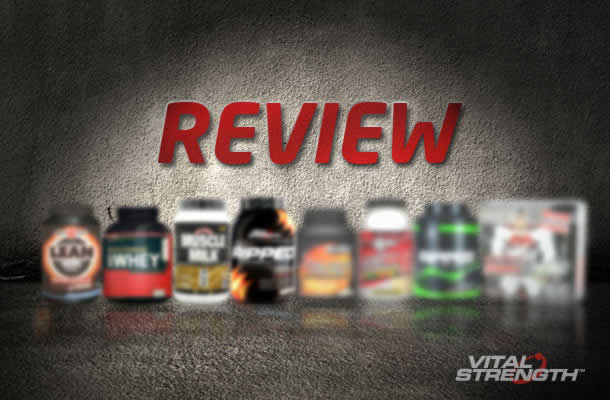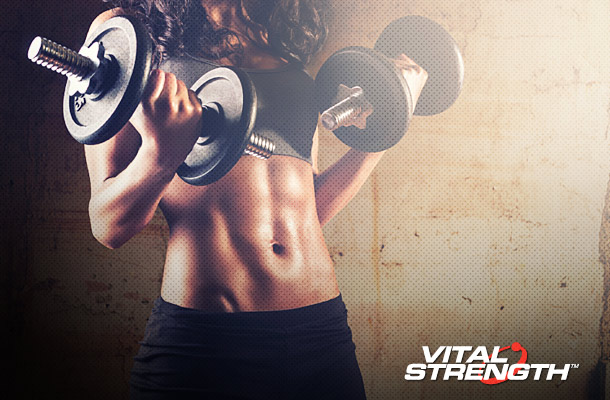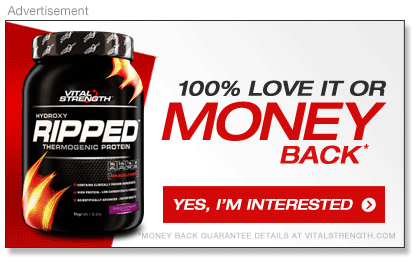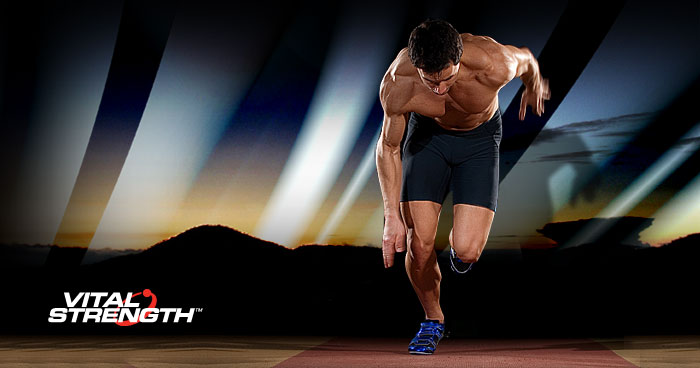
High-intensity interval training or HIIT (for short) involves alternating between intense bursts of cardio activity followed by a period of lower-intensity exercise.
Many trainers consider HIIT to be a more effective training system than steady-state cardio, helping you to achieve the ripped body and washboard abs you want but could never achieve with endless hours on the elliptical trainer.

We asked expert trainer Josh Blottin to give us the run down on HIIT training and why this type of high intensity cardio will boost your fitness and help to shed those last few kilos.
HIIT involves intervals of high-intensity exercise (such as running or cycling at 90% of your max heart rate) followed by low intensity (walking at a moderate pace) or complete rest. This is in sharp contrast to the typical steady-state cardio most people do at a moderate intensity, such as walking on a treadmill at 60–70% of their max heart rate.
The beauty of HIIT is that by incorporating short rest periods, you’re able to keep the workout intensity higher and maintain good form. The overall result is that you increase aerobic capacity while burning fat, faster.
 Numerous studies have shown that HIIT is a time efficient procedure for improving many of the fitness limitations normally associated with “steady state” aerobic exercise (activity that requires you to work at low intensity over a longer period of time).
Numerous studies have shown that HIIT is a time efficient procedure for improving many of the fitness limitations normally associated with “steady state” aerobic exercise (activity that requires you to work at low intensity over a longer period of time).
HIIT benefits may include:
- Increased metabolic activity
- Improved fat burning
- Increased activity of the heart and respiratory muscles
- Improved athletic capacity and conditioning
- Increased “after burn effect” known as EPOC (excess post-exercise oxygen consumption) which raises your metabolism and helps you to burn fat for up to 24hrs after your workout.
The major reason HIIT works so well at blasting body fat is due to the increased calorie burn that’s maintained well after the workout has ended. Basically, the body is unable to bring in enough oxygen during the intervals of hard work and as such you accumulate a “debt” of oxygen that needs to be repaid post-workout. Referred to as EPOC (excess post-exercise oxygen consumption), the result it that your metabolism is revved for hours afterwards. In short, and this is the good part, you burn more calories and more body fat well after you’ve walked out of the gym.
Here’s an example HIIT workout that’s simple but effective:
Run as fast as you can for 1 minute and then jog/recover for 2 minutes. Josh recommends repeating this sequence at 3-minute intervals, seven times for a total of 21-minutes.
HIIT WORKOUT TABLE
| TIME | INTERVAL | EXERTION (LEVEL 0-10) |
|---|---|---|
| 5 min | Warm-Up | 3-4 |
| 1 min | Speed | 7-9 |
| 2 min | Recovery | 5-6 |
| 1 min | Speed | 7-9 |
| 2 min | Recovery | 5-6 |
| 1 min | Speed | 7-9 |
| 2 min | Recovery | 5-6 |
| 1 min | Speed | 7-9 |
| 2 min | Recovery | 5-6 |
| 1 min | Speed | 7-9 |
| 2 min | Recovery | 5-6 |
| 1 min | Speed | 7-9 |
| 2 min | Recovery | 5-6 |
| 1 min | Speed | 7-9 |
| 2 min | Recovery | 5-6 |
| 5 min | Cool-Down | 3-4 |
| 31 min Total Time | ||
| (7 min Total Speed) | ||
HIIT can be performed anywhere, on any form of equipment (treadmill, rower, bike, with boxing gloves etc) or without equipment (sprints, explosive squats etc). Josh recommends doing HIIT a minimum of 3 x per week for 20mins (plus warm up and cool down) in the mornings before you eat (Fasted Cardio) to get the best benefits for your body!



